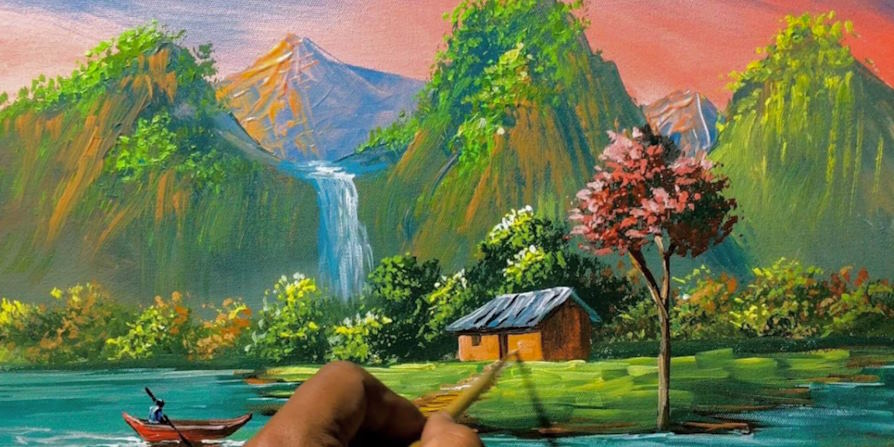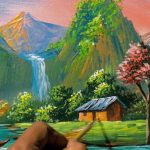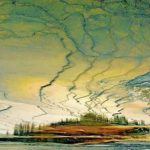Nature has always been a source of inspiration for artists throughout history. From majestic mountains to serene seascapes and sprawling forests to vast deserts, the beauty and grandeur of the natural world have captivated the human imagination. This section explores the allure of landscapes and how artists have captured their essence through paintings and photographs.
The Painter’s Perspective: Translating Nature onto Canvas
Painters have long been drawn to landscapes, using their brushes and palettes to translate the beauty of nature onto canvas. This section delves into the techniques and approaches painters employ to depict landscapes. From the delicate brushstrokes of the Impressionists to the precise details of the Realists, artists have found unique ways to convey the awe-inspiring vistas and moods of the natural world.
The Sublime in Landscape Paintings
Some landscape artists aim to evoke a sense of the sublime, capturing nature’s overwhelming power and magnitude. By portraying vast landscapes, dramatic skies, and turbulent waters, these artists seek to evoke feelings of awe, fear, and wonder in the viewer. The works of painters such as Caspar David Friedrich and J.M.W. Turner exemplifies the exploration of the sublime in landscape art.
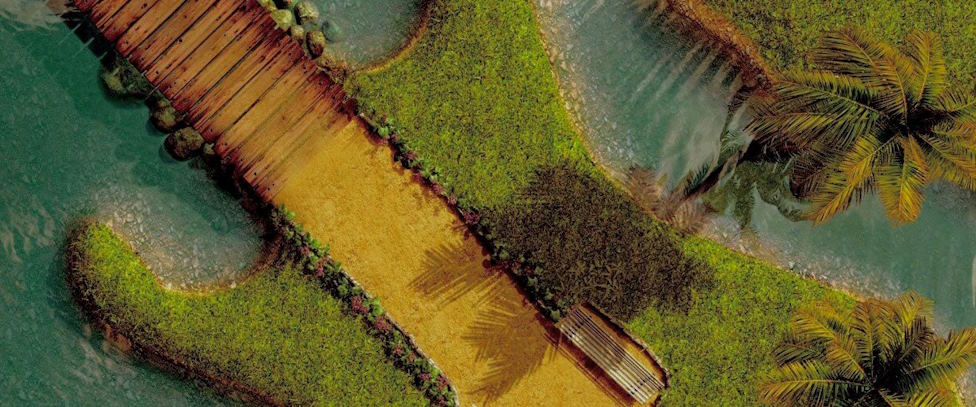
Impressionism and the Play of Light
Impressionist painters revolutionized landscape art by focusing on the effects of light and color in depicting natural scenes. Artists like Claude Monet and Pierre-Auguste Renoir captured the fleeting qualities of light and its interaction with nature, conveying a sense of movement and atmosphere. Their brushwork and vibrant hues created a new way of experiencing landscapes on canvas.
Expressive Abstraction in Landscapes
In abstract art, landscape painters have pushed the boundaries of representation, using color, form, and gesture to convey the essence of nature rather than realistic depictions. Artists like Wassily Kandinsky and Georgia O’Keeffe ventured into expressive abstraction, distilling landscapes into their essential elements and evoking emotional responses through their unique interpretations.
The Photographer’s Lens: Capturing Nature’s Splendor
Photography has also become a powerful medium for capturing the beauty and majesty of landscapes. With technological advancements, photographers can now freeze moments in time and immortalize the ever-changing natural world. This section explores the techniques and approaches photographers employ to capture breathtaking landscapes.
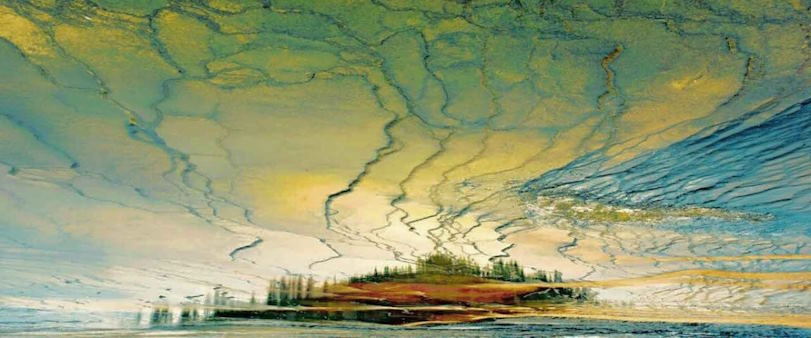
The Art of Composition
Photographers carefully consider composition, framing, and perspective to guide the viewer’s gaze and create a compelling visual narrative. The rule of thirds, leading lines, and balancing elements are all employed to create visually striking landscape photographs. Photographers direct our attention and evoke emotional responses to the natural scenery through careful composition.
Capturing the Play of Light
Light is a crucial element in landscape photography, and photographers skillfully use natural or artificial lighting to enhance the mood and atmosphere of their images. Whether it’s the warm glow of sunrise or the dramatic interplay of light and shadow during golden hour, photographers harness the ever-changing qualities of light to create captivating and evocative landscapes.
Exploring Perspectives and Scale
Photographers have the advantage of exploring landscapes from various angles and heights, allowing them to present unique perspectives and highlight the scale of natural features. From aerial photography that reveals vast landscapes from above to close-up shots that capture intricate details, photographers can convey a sense of awe and wonder by showcasing the grandeur and intricacy of nature.

